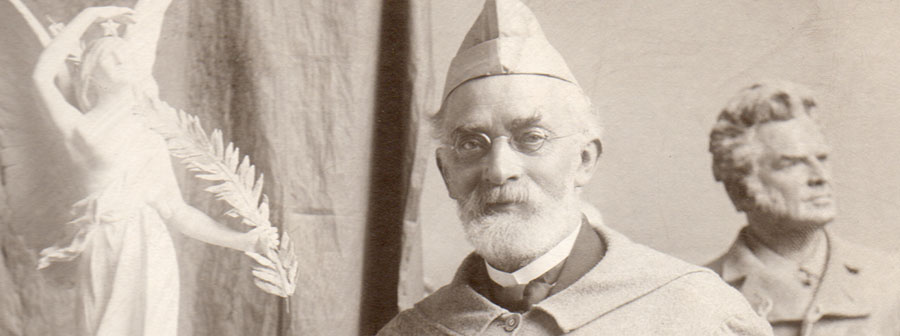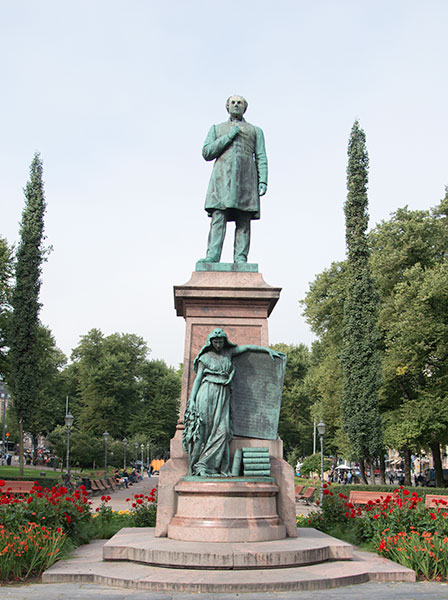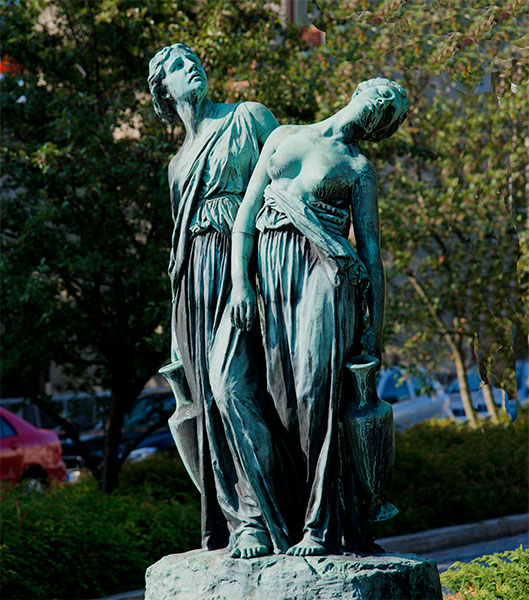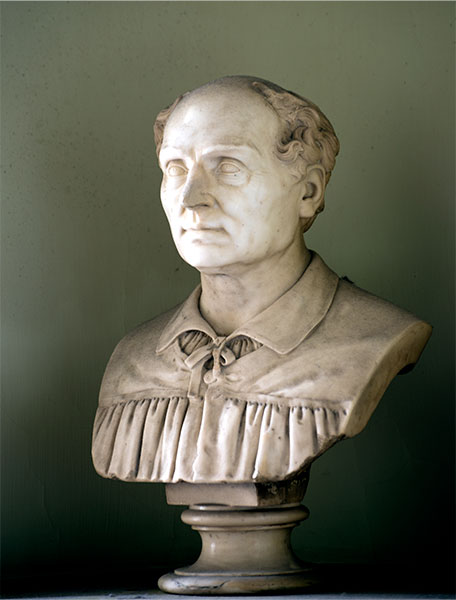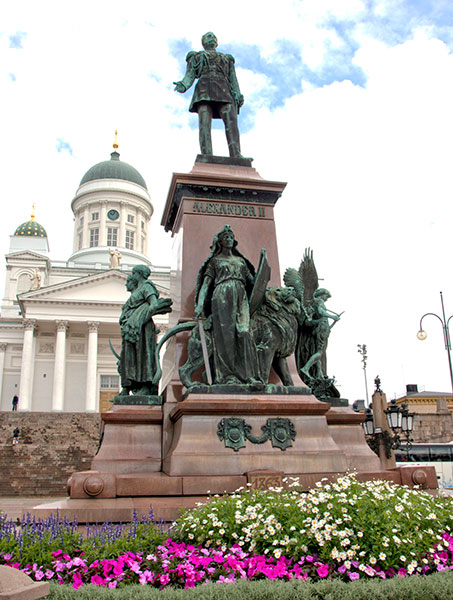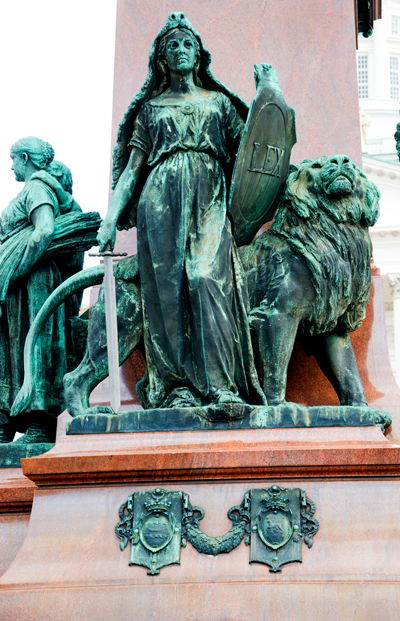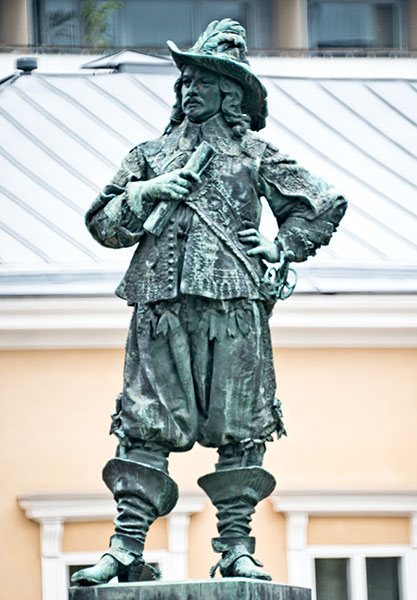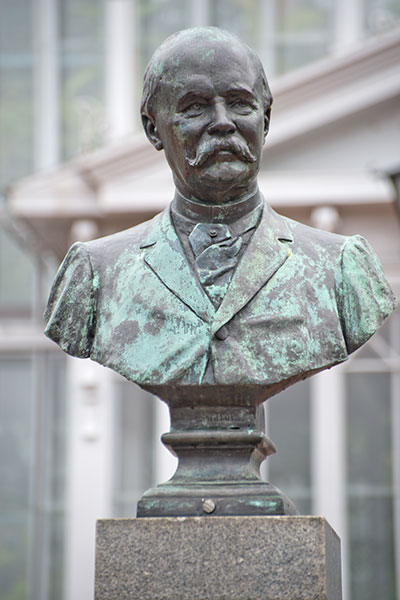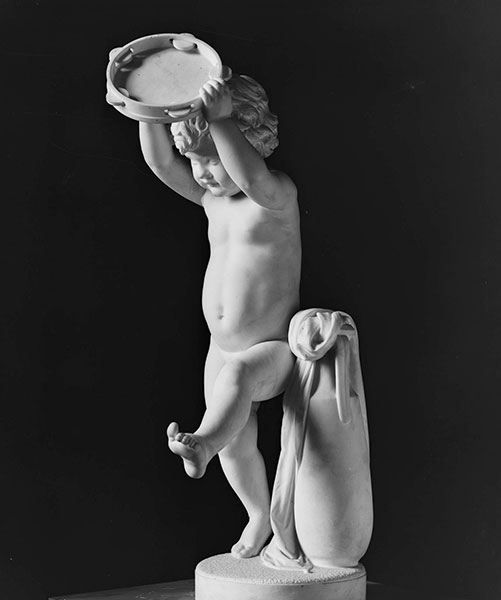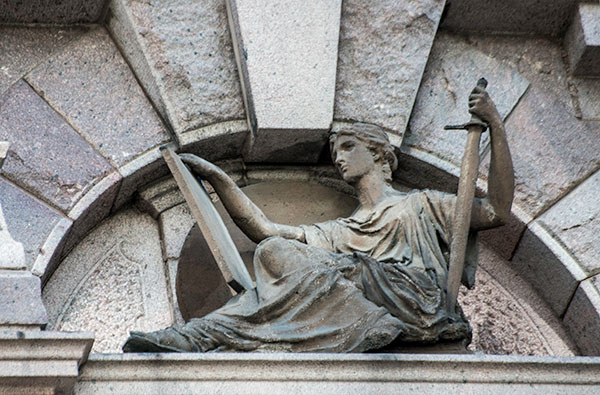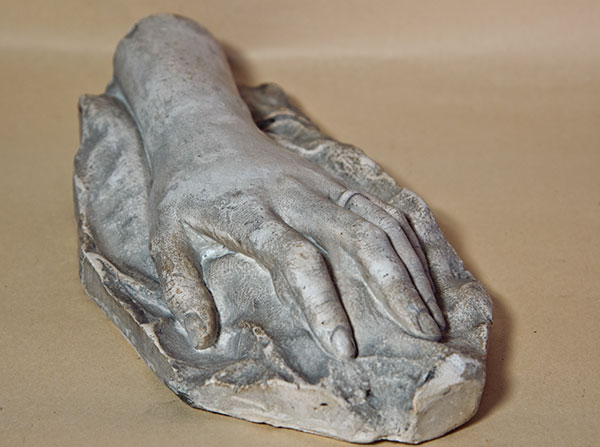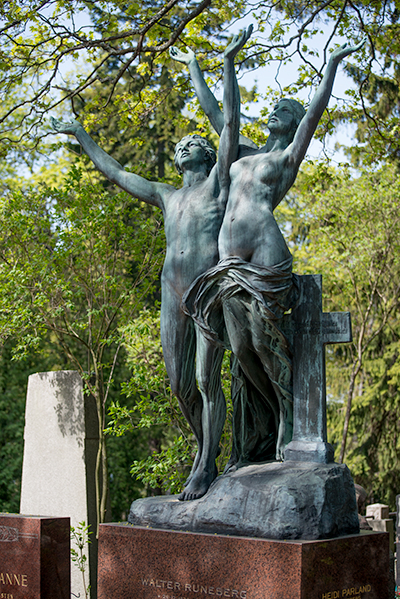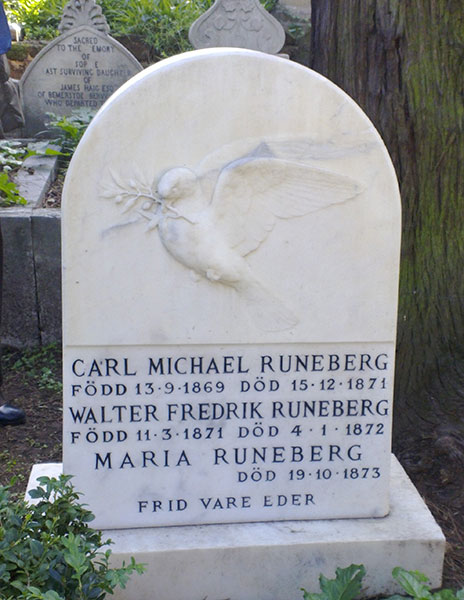A foundation dedicated to preserving
the memory of Walter Runeberg
The sculptor Walter Runeberg
(1838-1920)
One of the most sought-after monumental sculptors of his day.
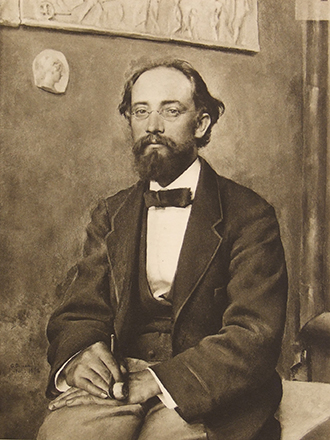 The Swedish speaking Finnish sculptor Walter Runeberg was born on 29 December 1838 in Porvoo (Borgå). He was the third son of Finnish national poet Johan Ludvig Runeberg and Fredrika Runeberg.
The Swedish speaking Finnish sculptor Walter Runeberg was born on 29 December 1838 in Porvoo (Borgå). He was the third son of Finnish national poet Johan Ludvig Runeberg and Fredrika Runeberg.
Walter showed an interest in and talent for sculpture early on. The family was supportive of his wish to study art, and when he moved to Helsinki for his matriculation examination in 1856, he also enrolled at the Finnish Art Society’s Drawing School there.
After passing his examination, he went to study at the Drawing School in Turku (Åbo), where he met his future wife, Lina Elfving, a fellow-student at the school.
From 1858 to 1862, Walter studied at The Royal Danish Academy of Fine Arts in Copenhagen, where he received a thorough education in sculpture. After this, he lived and worked in Rome (1862–76), Paris (1876–93), and then in Helsinki until his death.
Walter Runeberg married Lina Elfving in 1867. They had six children, the youngest three of whom – Nino, Vasthi, and the youngest, Alfred – reached adulthood.
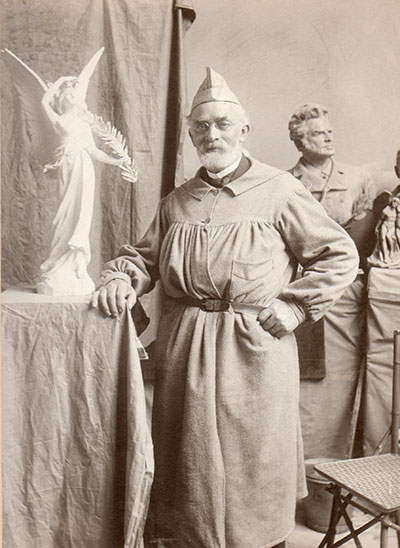 Among Walter’s most famous works are the bronze statue of his father, J. L. Runeberg, in the Esplanadi in Helsinki, the Alexander II Monument in Senate Square in Helsinki, and the Lex (Patria) statue, one cast of which is in the House of Estates in Helsinki. He was one of the most sought-after monumental sculptors of his day, his style characterized by an eclectic classicism.
Among Walter’s most famous works are the bronze statue of his father, J. L. Runeberg, in the Esplanadi in Helsinki, the Alexander II Monument in Senate Square in Helsinki, and the Lex (Patria) statue, one cast of which is in the House of Estates in Helsinki. He was one of the most sought-after monumental sculptors of his day, his style characterized by an eclectic classicism.
Walter died on 23 December 1920 in Helsinki and is buried at Hietaniemi Cemetery.
A large collection of Walter Runeberg’s sculptures are exhibited at the museum bearing his name in Porvoo.
Alexanterinkatu 5, Porvoo, Finland
